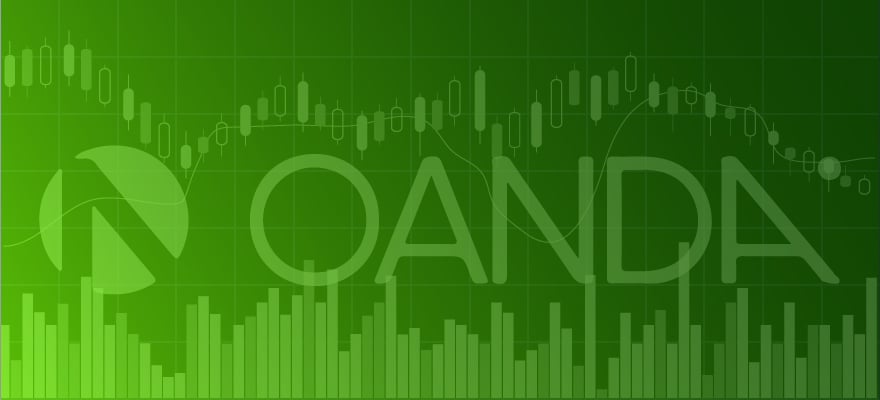
Forex social networks which were first introduced to us by the likes of Currensee back in 2009 no longer just have the cool factor alone, they’re actually something useful and business worthy. The forex social market is growing at an astonishing pace (most of the networks have not been made public yet) and just like retail forex made it into the mainstream it would be hard to visualize Forex Trading two years from now without a social aspect. Currensee, myfxbook, fxstat and countless number of others have already made the first foray into this market but I imagine new, more mature and business oriented wave banking on the success and failures of the first wave, is on the way. Etoro’s openbook is a new attempt at this market (though there’s much work left to do).
Much has been said about forex social networks but the main drivers are the general success of social and quasi-social networks such as Facebook and Twitter, the availability of new technologies and general understanding of brokers that their promises of fast execution and low spreads won’t cut it anymore. A new generation of internet users (and traders) cannot imagine internet without the social aspect – note that forexfactory is by far the largest forex website despite its lackluster graphic design with its huge community of addicted forex traders willing to discuss anything and everything with their peers. Just imagine forexfactory with sleek design and social features and many current social network developers will shiver.
Smart and avid entrepreneurs (and retail forex brokers are very much such) realize the immense potential in capturing new clients this way while reducing the costs of retaining the current clientele. The new forex trader is more educated and experienced than the same trader 3 years ago (at least in the Western hemisphere). Current trader first of all Google’s the broker, then participates in relevant discussions and only then makes an attempt to beat the market (and of course still fails). The number of banner clicking and immediately depositing and subsequently losing all their money suckers is on the rise as well. The average broker now understands that it may be more profitable to have a long term relationship with their clients than continuously spend immense amounts of marketing dollars on capturing new clients time and time again. Social network is an exceptional relationship tool helping brokers create trust relationship with their clients while increasing their own volume and reducing the price of capturing new clients. New clients are drawn to other traders who can prove consistent results through trustworthy metrics – any novice trader may choose to ‘follow’ another trader if he can monitor his activity and socially relate to that person (a true to life picture is another trust building feature).
It is beyond any doubt that forex asset management is next thing in forex and will become a significant growth driver over the coming years. While it’s hard to believe that hedge funds and more institutional type trading parties will alter the way they trade it is quite obvious that typical retail forex asset managers will see forex social networks as a fantastic marketing tool. I believe that what was once a successful market of EA providers who promised unbelievable returns if you only bought their EA for $149 but almost always failed to deliver any results is going to crash. Asset managers will trade their own funds and will be objectively measured over time by brokers/software providers (credibility in this case is a critical component which must be addressed by brokers looking to succeed in the social market). If there’s no way that an asset manager tricked the rating system then there is no reason why a trader won’t place some of his funds with several asset managers to diversify his portfolio.
It’s enough to read Currensee’s latest press release announcing that Varengold Bank FX will offer a portfolio of successful Trade Leaders to its clients to understand that the market is already moving in this direction.
I won’t be surprised if the likes of Tradency, Collective2 and Zulutrade will introduce their own versions of social networks in the coming years as they already have a client base and brand name in the market and the only game now is on creating a sufficiently attractive social network and business model.
Key factors brokers/social network developers must take into account are:
- Credibility – how exactly do you measure traders’ returns. Is it demo or live accounts? How do you validate all of this over time as traders adapt?
- Real money – do traders trade real money and if so how much? Some may choose to place minimum levels of own traded funds and then maximum levels of ‘followed’ funds.
- Platform stability – how stable is the social platform?
- Execution – are there any glitches in executing trades? It’s not easy to replicate trades even with one broker not to mention few. Pip here and pip there may mean completely different results for followers.
- Business model – how does the broker/asset manager/social network provider profit from trades and volume? Is it fully transparent to all parties? If an asset manager profits from volume for instance that is a huge warning sign.
- GUI and design – how easy it is to navigate within the platform and to ‘follow’ trades? How attractive is the design? Remember MySpace? Me neither.
- How do you market the platform – marketing a social network is an uncharted territory and I suspect most of those who’ll try this with conventional banners/Google marketing will fail.


















